Nervous Night by The Hooters
Buy Nervous Night The Hooters big label debut was, by far, their most successful album in America. Nervous Night sold over two million copies, achieving multi-platinum status, and spawned multiple Top 40 hits. […]
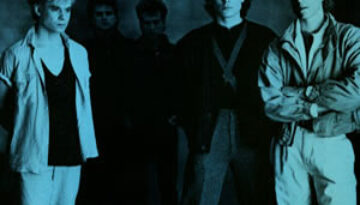
Buy Nervous Night The Hooters big label debut was, by far, their most successful album in America. Nervous Night sold over two million copies, achieving multi-platinum status, and spawned multiple Top 40 hits. […]
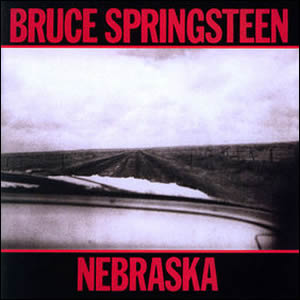
Buy Nebraska Bruce Springsteen‘s 1982 solo album Nebraska was an original “demo” that found unexpected life as a major label recording by a major label artist. The tracks for this sparsely-recorded album were […]

Buy Marshall Crenshaw Marshall Crenshaw writes songs that could be described as simple, traditional pop/rock songs with a hint of Rockabilly in the tradition of Buddy Holly and early Beatles. In fact, Crenshaw […]
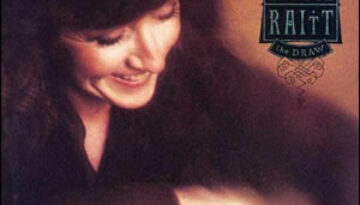
Buy Luck of the Draw It had taken nearly two decades for Bonnie Raitt to achieve the commercial success that critics had long felt she would achieve. That success came with Raitt’s 1989 […]
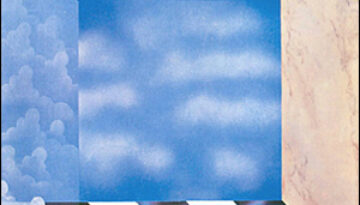
Buy Low Spark of High-Heeled Boys Traffic reached a level of distinction with the second album of the second incarnation of the band (their fifth album overall). The Low Spark of High-Heeled Boys […]
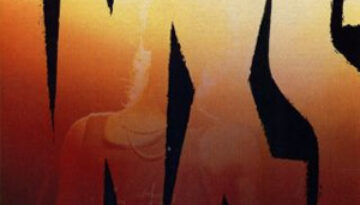
Buy Listen Like Thieves INXS forged their most successful rock formula on, Listen Like Thieves, the 1985 album which would set the pace for the group’s most successful commercial run through the late […]
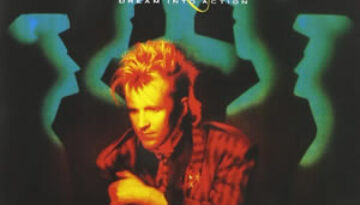
Buy Dream Into Action At first glance, Dream Into Action by Howard Jones may seem like a typical, mid-1980s synth pop album. However, a deeper listen reveals that there is much substance to […]
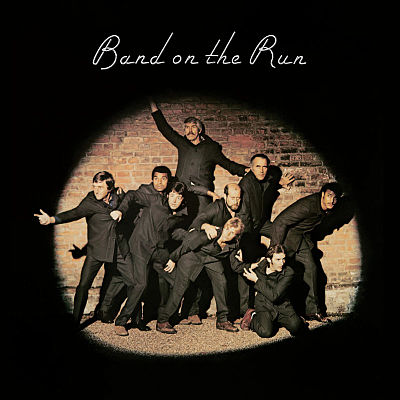
Buy Band On the Run Paul McCartney finally hitting on all cylinders in his post-Beatles career with Band on the Run. It was his fifth such album since the 1970 breakup of the […]
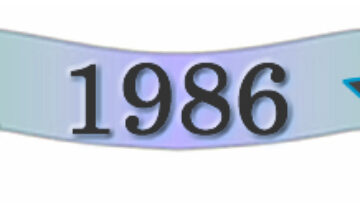
Buy Back In the High Life Steve Winwood is an artist who has had two major phases of his professional career. Starting as a teenager with the Spencer Davis Group, he was thrust […]
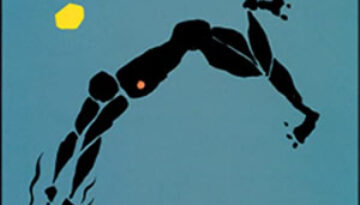
Buy Arc of a Diver Arc of a Diver is a true “solo” record by Steve Winwood as he played every instrument and recorded and produced the album in his private studio. The […]